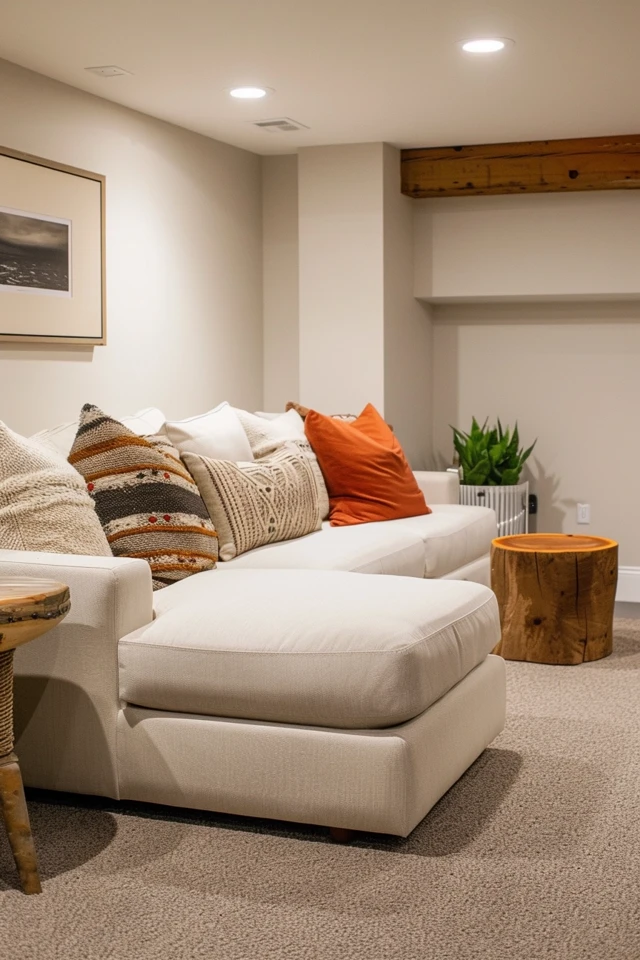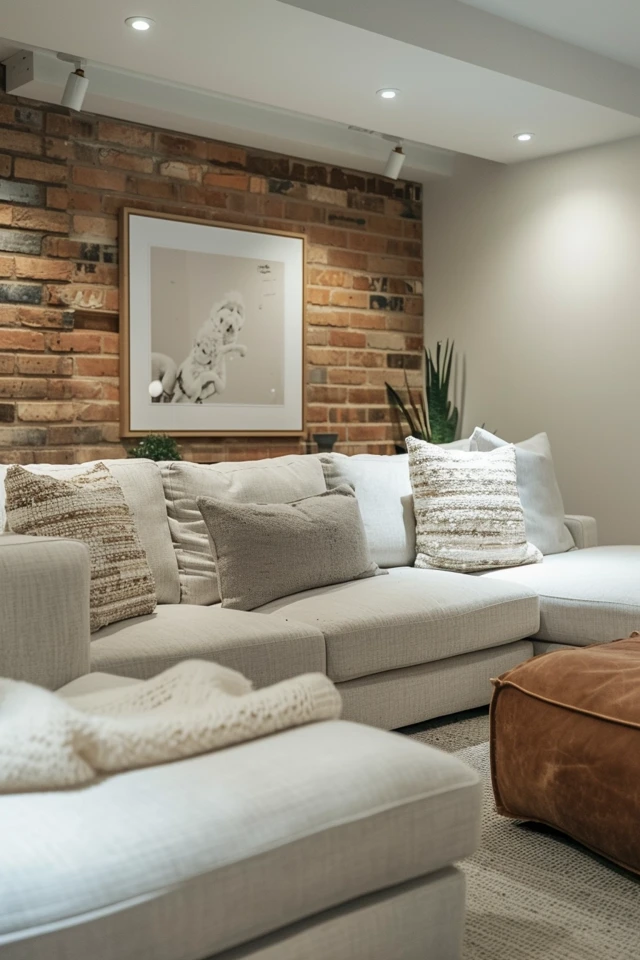Renovating your basement is a big deal. It can add value and more space to your home. You might want an extra bedroom, a quiet place to work, a fun game room, or just somewhere to keep things organized. Either way, fixing up your basement can help.
But before you start, there are some things to think about. This will help make sure your project goes well without any stress. Here are five key tips to remember:
1. Addressing Moisture and Insulation Concerns
Basements can get damp and humid. It’s important to stop moisture problems to keep mold and mildew away. You can do things like fix cracks, put in a sump pump, and use waterproof paint on the walls. Also, using dehumidifiers and making sure there’s enough air moving around can make the basement a nicer place to be.
2. Planning for Lighting and Electrical Needs
Most basements don’t get much sunlight. So, you need a good plan to light it up and make it feel welcoming. Try to use natural light with egress windows or light wells if you can. Also, use different kinds of lights like task lighting, ambient lighting, and accent lighting. This makes the space flexible and nice to be in. And remember to think about where you’ll need electrical outlets for stuff like TVs, computers, or lamps.

3. Consider Ceiling Height Options
When fixing up your basement, think about how high the ceilings should be. You might want to keep them as they are, or maybe make them higher. High ceilings make things feel more open, while low ceilings can feel cozy. Choose what fits your style and budget the best.
4. Create a Contingency Fund
Renovating basements, bathrooms, and kitchens can sometimes cost more than you think. It’s a good idea to have some extra money set aside. This way, if anything unexpected comes up, you’re ready. It keeps your project moving without cutting corners.
5. Seek Professional Help
Fixing up a basement can get complicated with all the technical stuff like wiring and plumbing. It helps to get advice from pros like Dash Builders. They know what they’re doing and can make the whole process easier. They’ll help you tackle any problems and make sure your basement turns out just how you want it.
Key Takeaways:
- Address moisture concerns to prevent mold and mildew growth.
- Create a well-thought-out lighting plan for a welcoming space.
- Consider ceiling height options to suit your preferences.
- Build a contingency fund for unexpected costs.
- Seek professional help for a smoother renovation process.

Addressing Moisture and Insulation Concerns
Renovating a basement involves dealing with moisture and insulation. These steps ensure a cozy, functional area. Moisture can cause mold and damage, while poor insulation makes it too cold or hot. Here’s how to tackle these issues:
- Waterproofing the newly finished basement: To keep out harmful dampness, waterproofing is key. Seal big cracks in walls and floors for a dry basement. DRYLOK Concrete and Masonry Etch & Cleaner is great for prepping surfaces for coating.
- Proper insulation: Insulate walls and ceilings to keep temperatures stable. This saves energy and keeps your basement comfy all year.
- Planning and obtaining necessary permits: Get permits and plan before starting work. This avoids delays and meets building codes.
- Addressing minor cracks: Fix small cracks to prevent water leaks. Even tiny cracks can let moisture in, creating problems later.
For an effective basement upgrade:
- Include useful additions like storage and emergency windows. These improve safety and use of the space.
- Bring in more light with extra windows or recessed lighting. Brighter basements feel nicer and look better.
- Stop moisture issues by keeping the foundation area well maintained. Check gutters, downspouts, and drainage systems regularly.
- Discuss budget options with your remodelers. Decide what features to add, based on what you can afford.
- Be patient during renovation. Unexpected issues may pop up, needing more time and adjustments than new builds.
Dealing with moisture and insulation right means your basement will be both comfy and dry. Plus, it keeps the space safe from moisture damage.

Planning for Lighting and Electrical Needs
When you redo your basement, getting the lighting and electrical setup right is key. Look at the author’s own basement project for ideas. They added surround sound speakers, CAT5e, coaxial cables, and other essentials. This thoughtful planning makes your basement both welcoming and useful.
Think about how many electrical runs you’ll need for your basement. The author set up six, each for a different room. This included areas like the workout room and bathroom. It makes electrical distribution easier and more organized.
Also, consider what wiring gauge to use. Inspectors prefer #12 wiring for plugs since it handles more load. Using the right wire gauge keeps your basement safe and meets building codes.
Lighting design matters too. Mix different lights, like recessed lights and dimmers, to set the right mood. Opt for LED bulbs for their efficiency and long life. Adding smart lights and motion sensors can save energy and add convenience.
Always plan well and talk to a pro electrician for the best electrical and lighting design. With careful attention to these tips, you’ll make your basement both inviting and practical.

